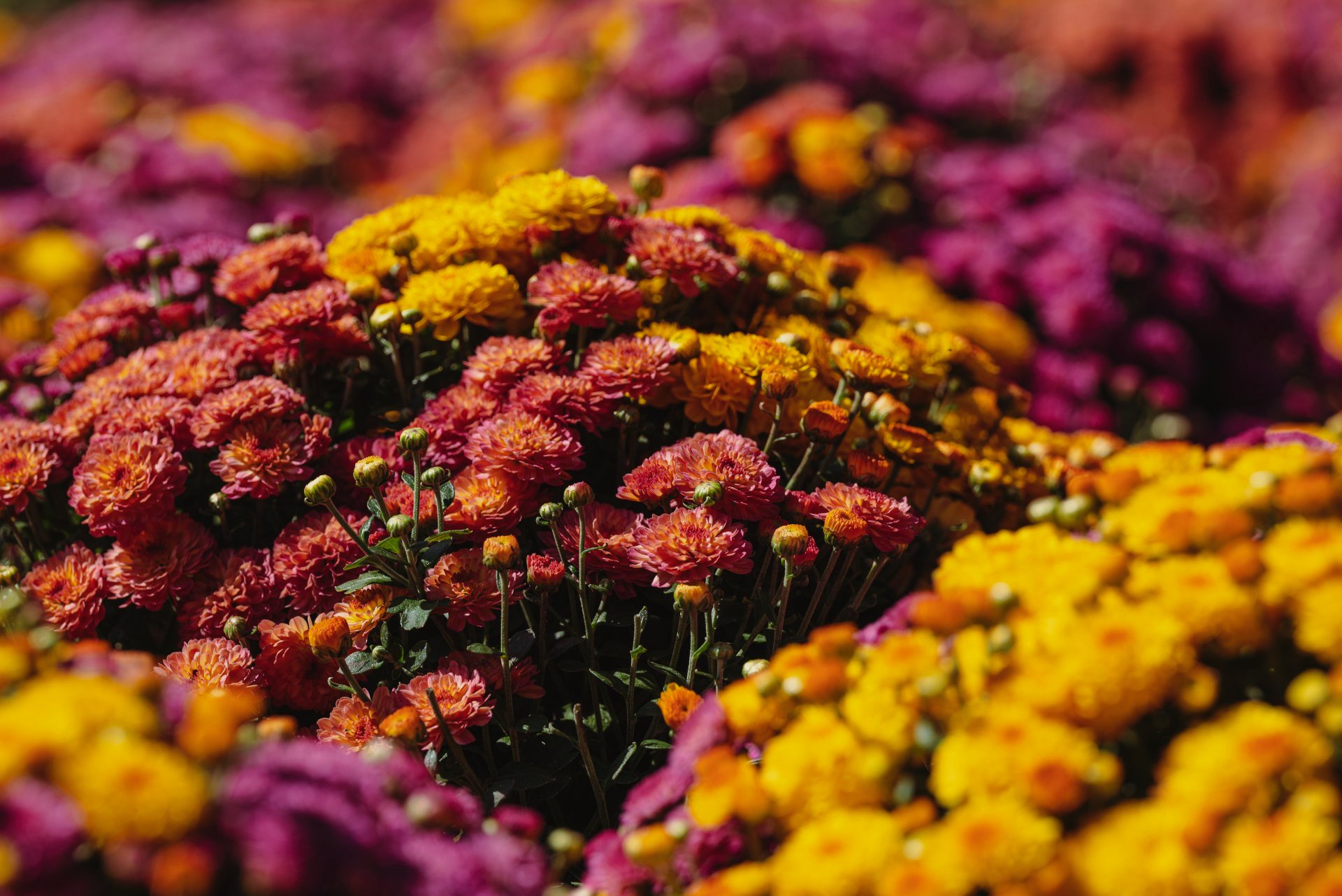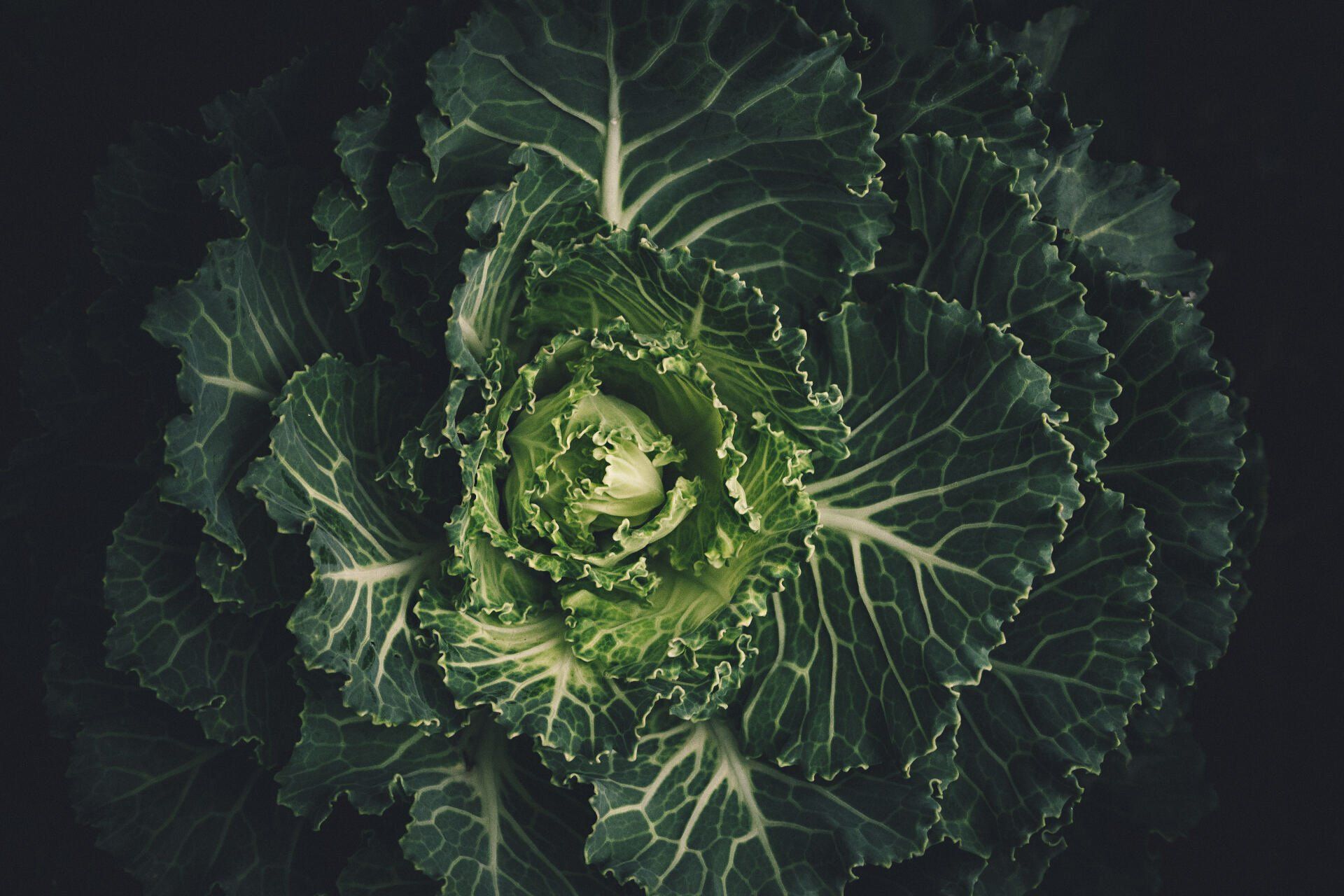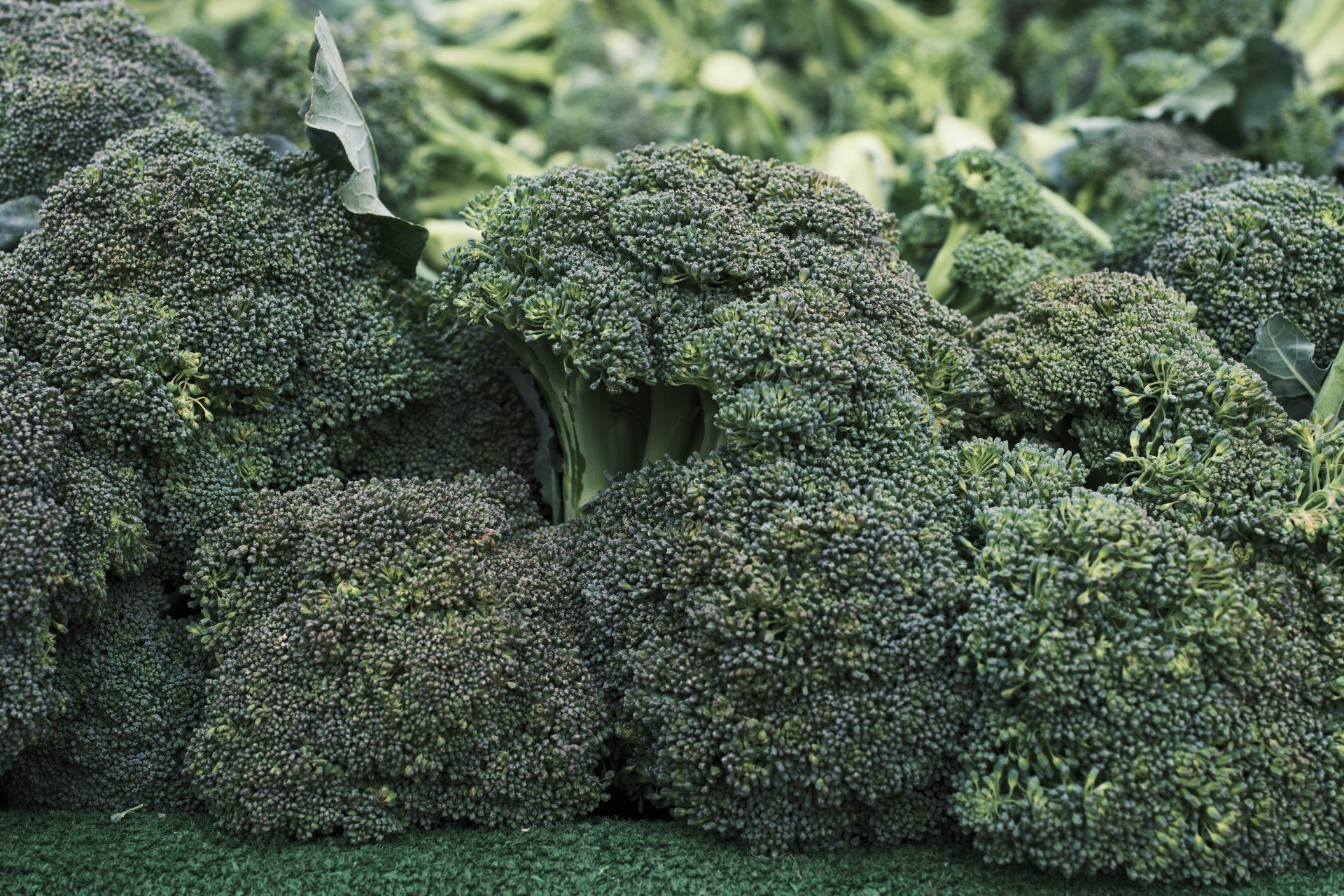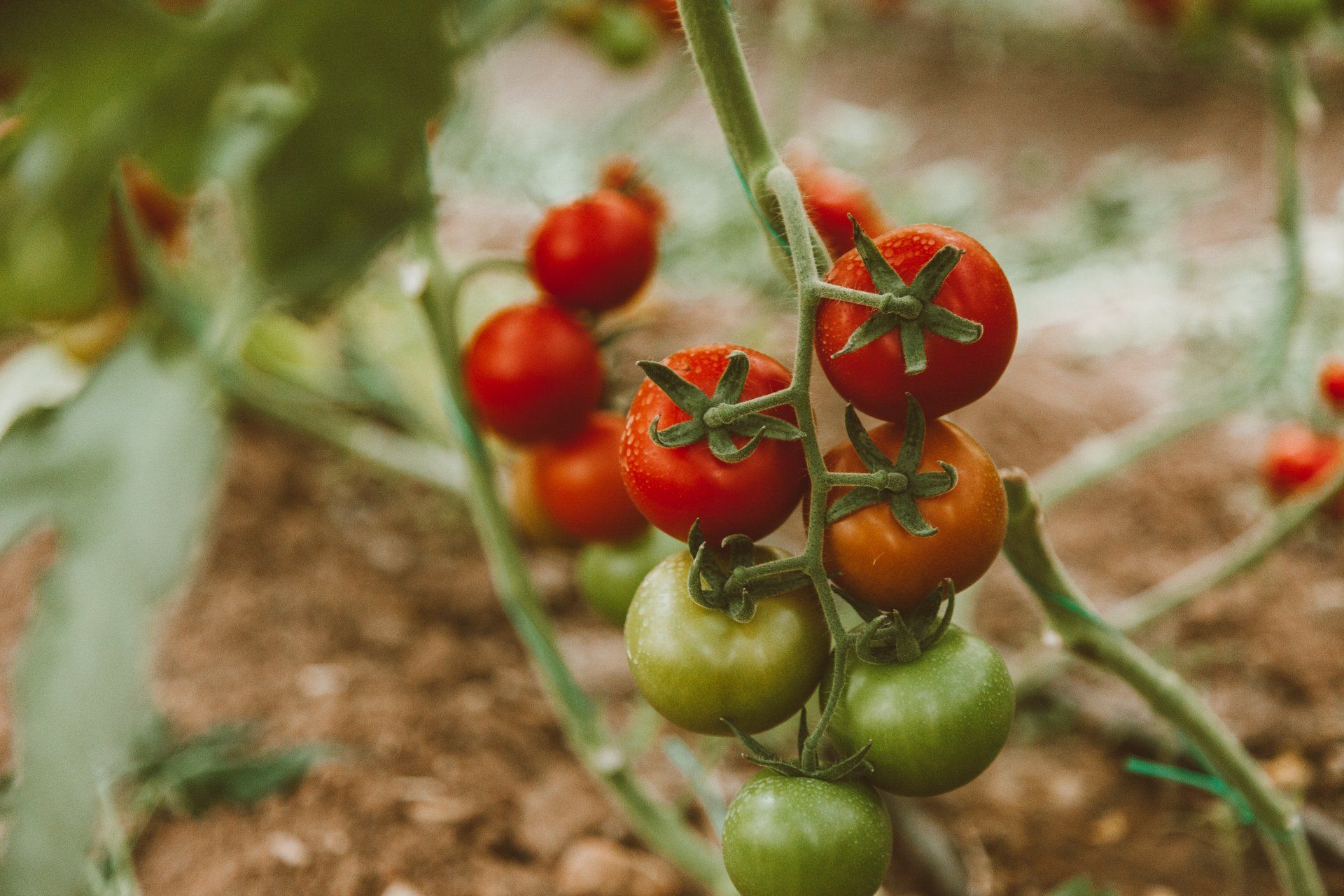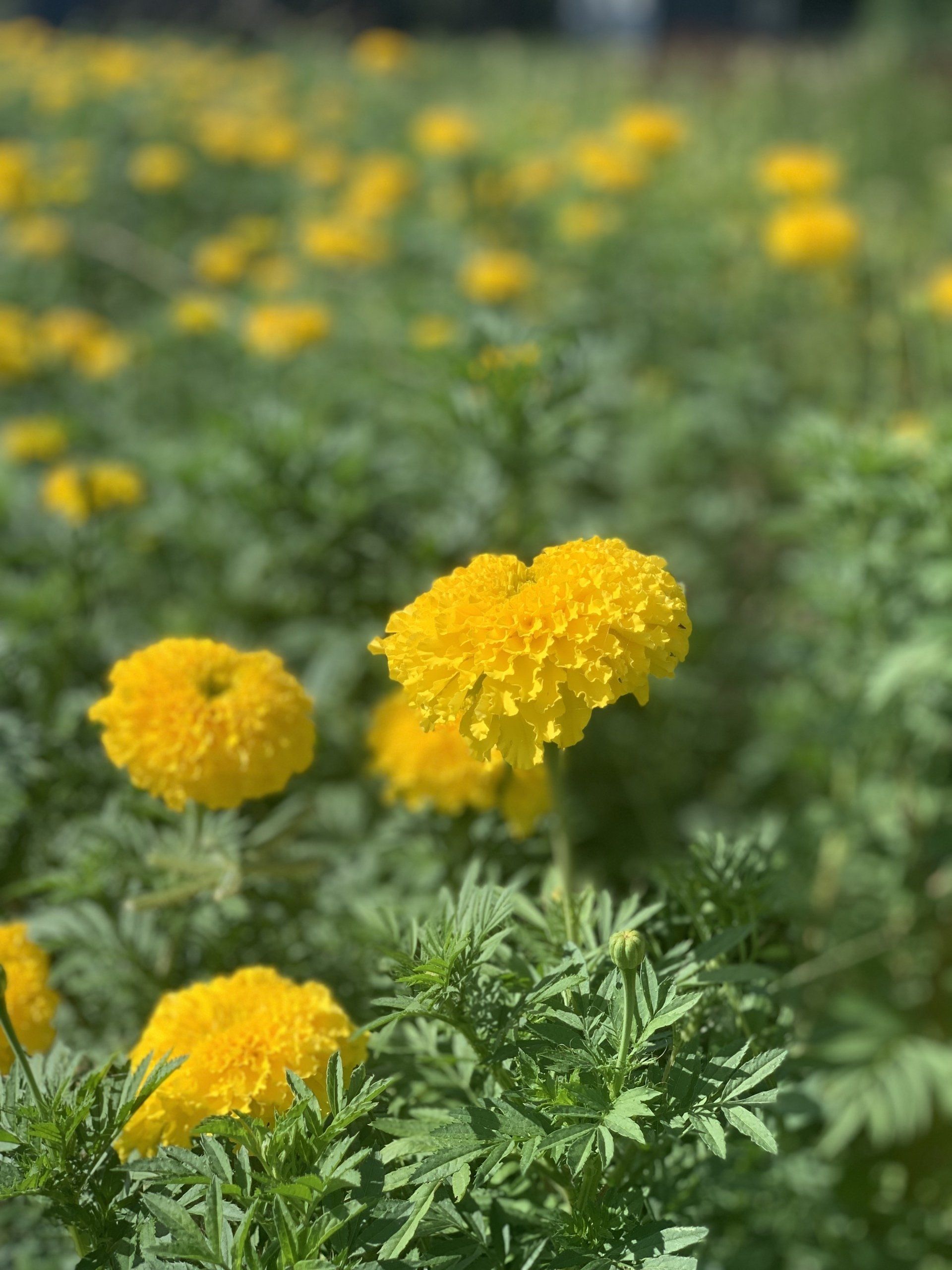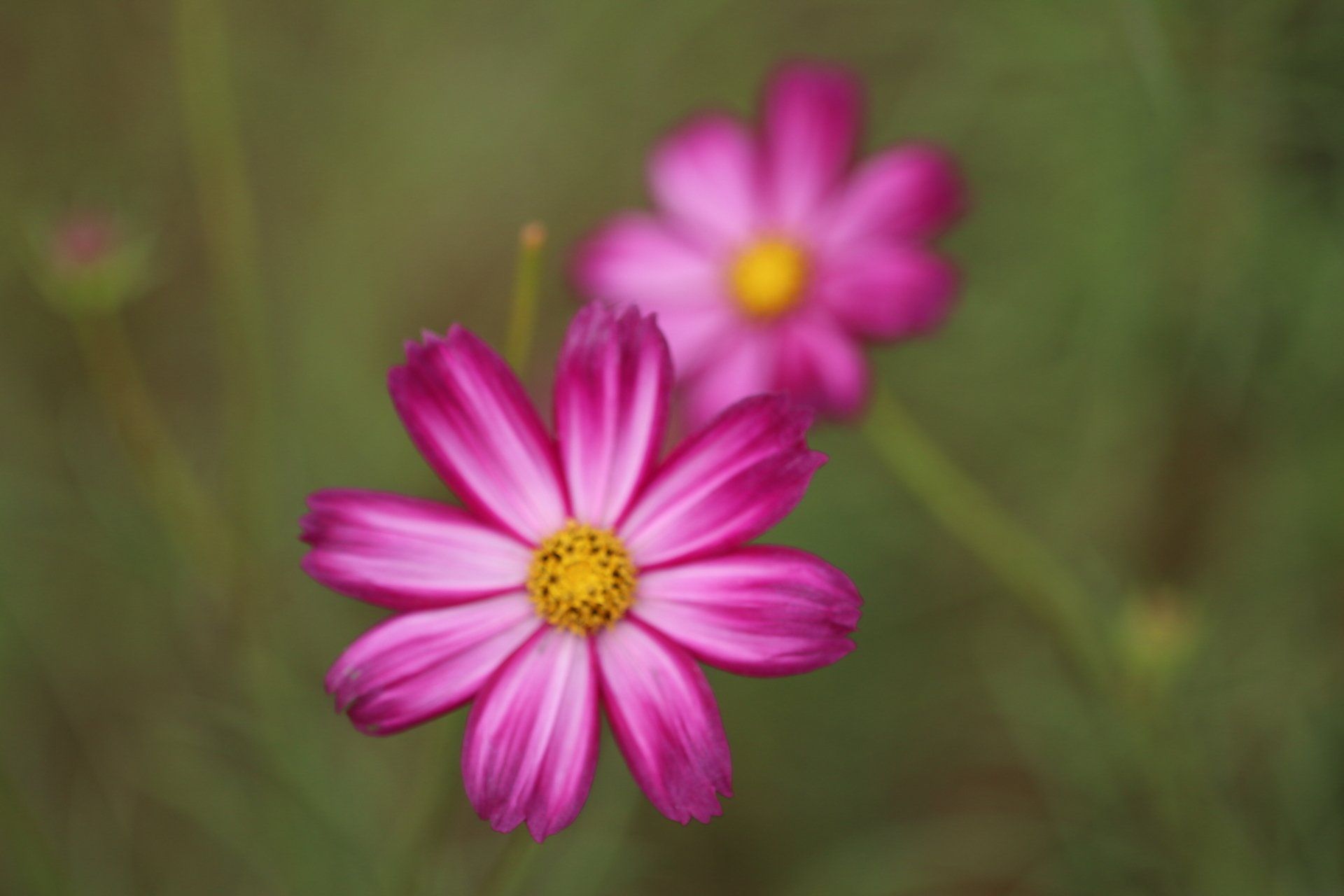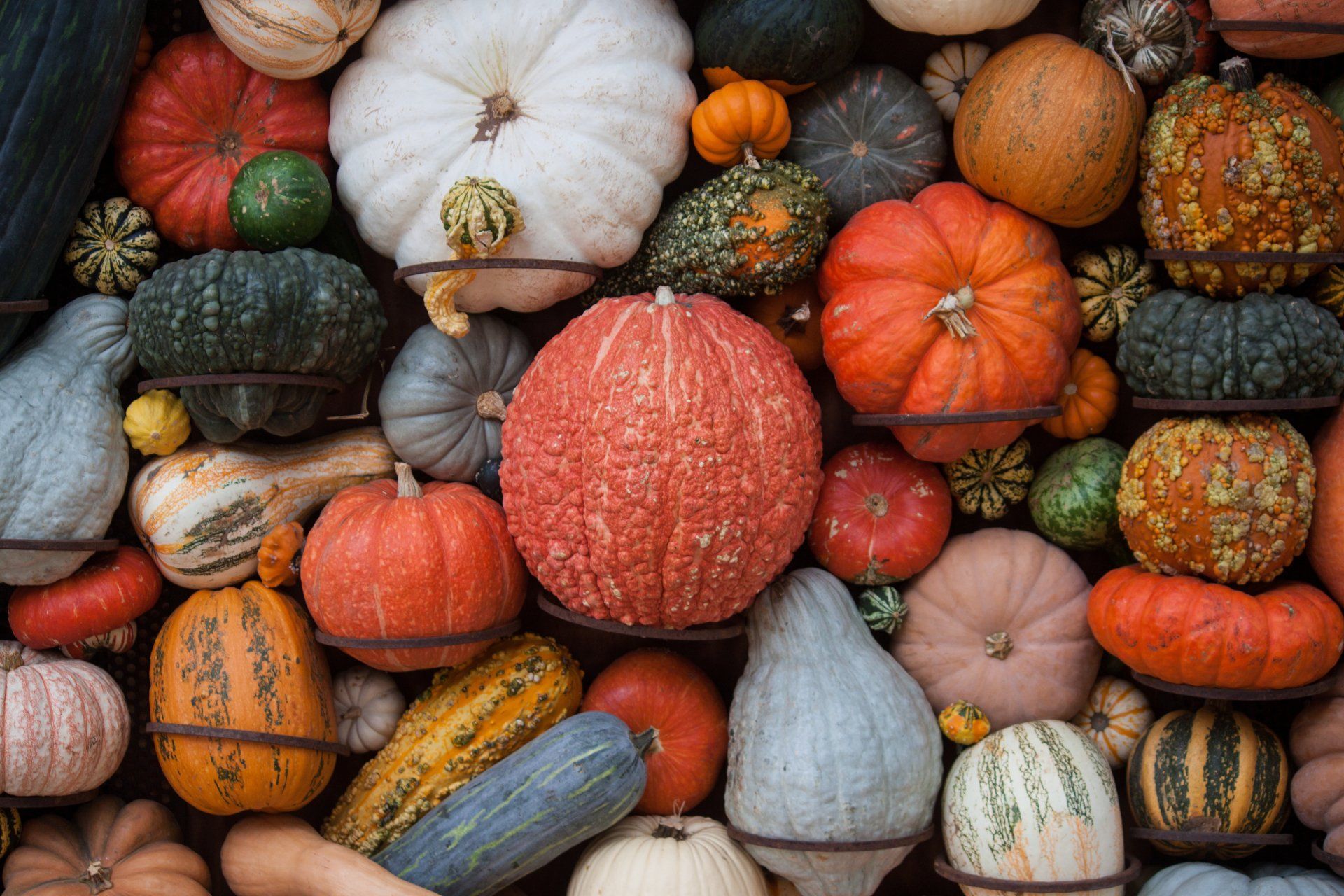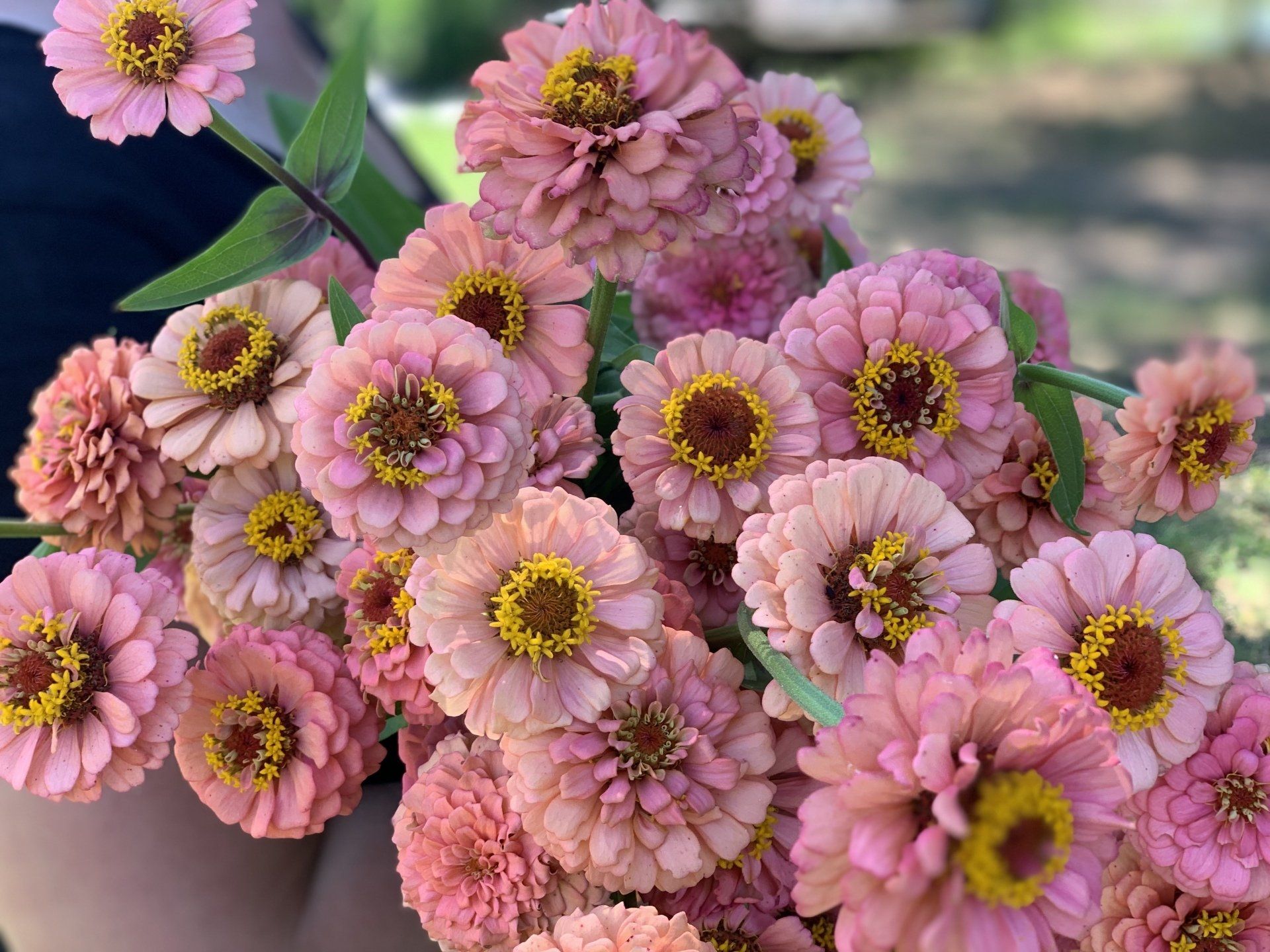Growing One of The Most Underrated Vegetables - Beets!
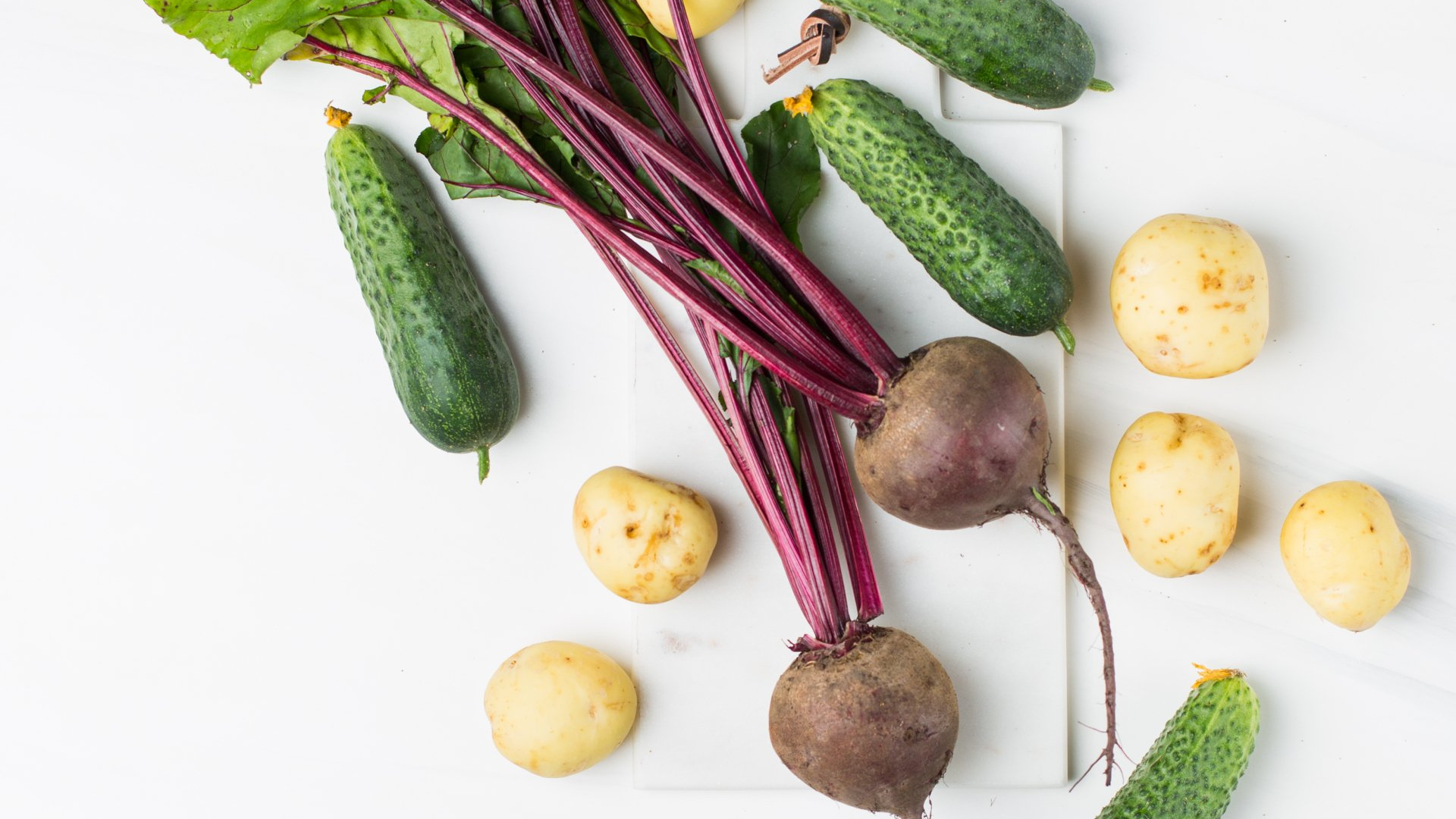
Beets are a cool season crop that grow well in the cooler months for the Southern States. They are an excellent choice for home hardens as they require little growing space. Beets are grown for both the roots which are usually pickled and the green tops which can be used as “greens” in any salad dish or cooking dish such as with scrambled eggs, in pasta, or in a grain bowl.
There are plenty of nutritional benefits and they are an excellent source of antioxidants. They are also high in fiber, nitrates, and potassium according to the
Cleveland Clinic.
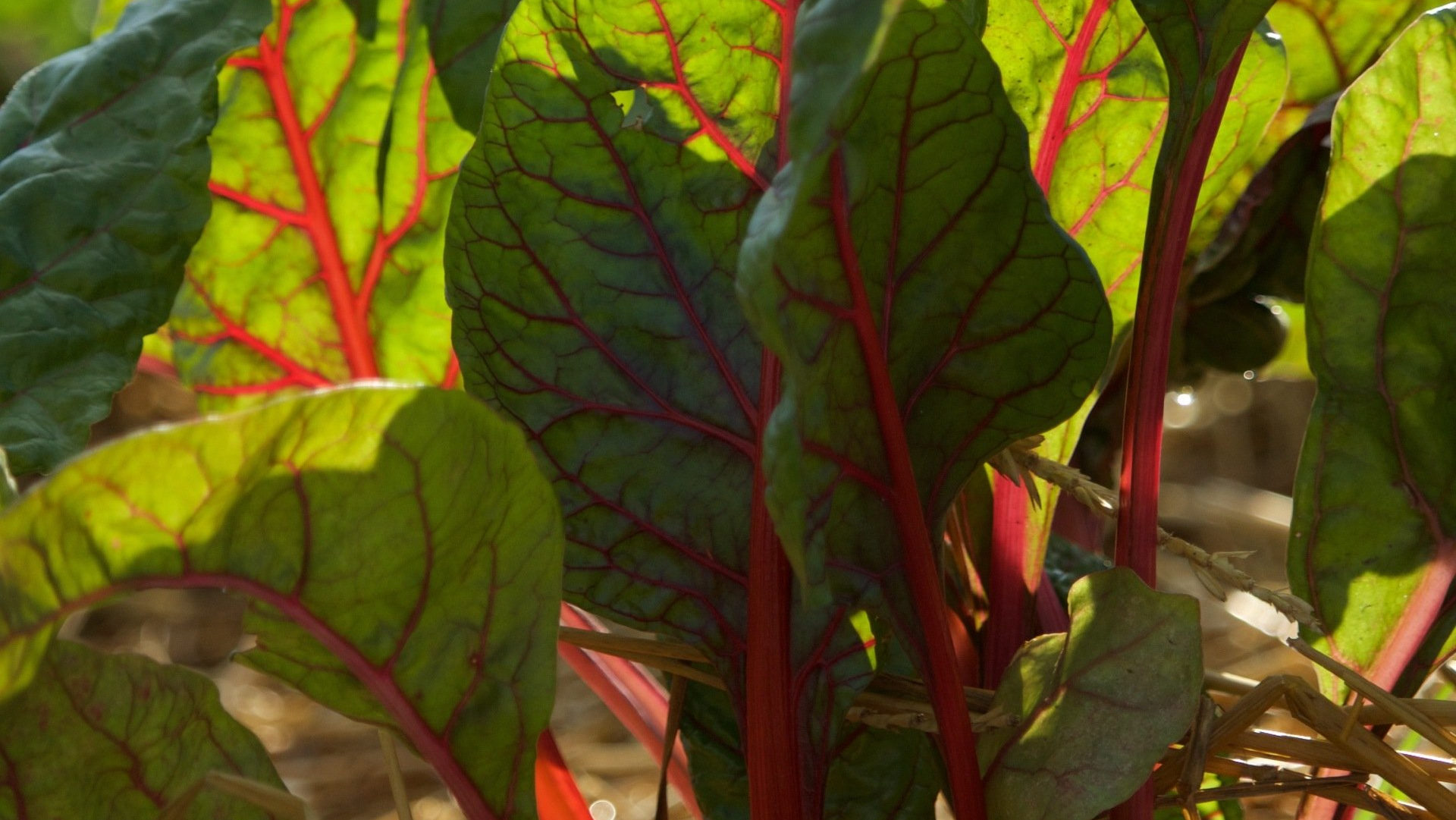
Site Selection
Beets should be planted in loose soil that is rich in organic matter. They can be planted in clay soils if there is enough compost and topsoil in the upper layers. They will need to be planted in an area in full sun.
Planting, Watering, and Spacing
Beets can be grown in most Southern States through the late fall, winter, and early spring. The soil temperature must be at least 40 degrees Fahrenheit for beet seeds to sprout.
Using a hoe handle, stick or similar object, make a furrow about a ½ inch deep down the center of a ridge. Space about 2 inches apart in the row. Each beet seed produces 2 to 6 plants. Cover lightly and sprinkle or mist heavily with water.
The plants should be up in 7 to 14 days from the time of planting.
Try to keep the plants free of weeds which will affect the size and absorb nutrients from the soil.
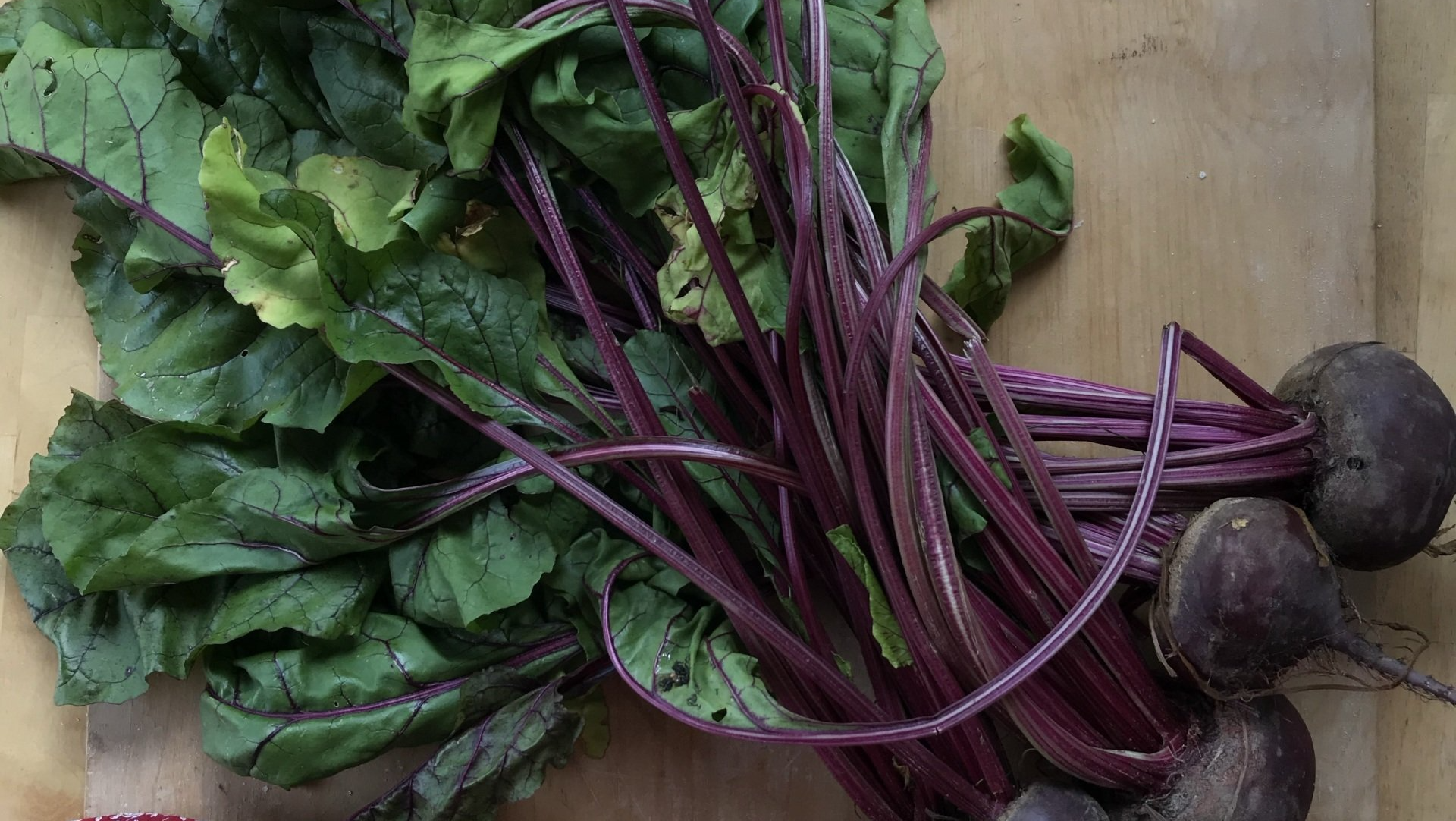
Different Varieties Available
For Southern growers it is best to look for bolting resistant varieties. This will lessen the chance of bolting, or maturing too quickly, in warm weather.
Commonly grown varieties include Bull’s Blood Beet, Chioggia Beet, Detroit Dark Red Beet, Early Wonder Beet, Golden Detroit Beet, and Ruby Queen Beet.
Pests & Disease
Common pests include the armyworm, beet webworm, aphids, and flea beetles.
Diseases can occur during the winter time when it tends to be more cloudy and damp. There are a wide variety of fungus and bacterial diseases that can affect beets during their short growing cycle.
Drip irrigation will also help by minimizing the moisture on the leaves. Powdery mildew, Leaf Spot, Fusarium Root Rot, and Verticillium Wilt are the most common fungal diseases. Your local garden center can help identify exactly what disease or pest you might have with a sample and help make recommendations for your exact region. If the fungus is widespread it might be best to dispose of the plant in the trash or by burning. It is not recommended to put in the compost pile as the spores can spread.

Harvesting Tips
Harvest the beet roots when they are at the desired size. The smaller beets will be more tender and then large ones will be “meatier.” Typically you will want to harvest them when they are between golf ball and baseball size.
Beets are a long time classic cool season option that folks have grown for years and years. We hope you will try them out and they truly are fun to grow for both kids and adults alike!
We have two options to choose from in the online shop: Chioggia Guardsmark and Detroit Dark Red. Please let us know what your favorite varieties are as we are always on the lookout for new ones to try ourselves and offer in the store!
Happy gardening y’all!
